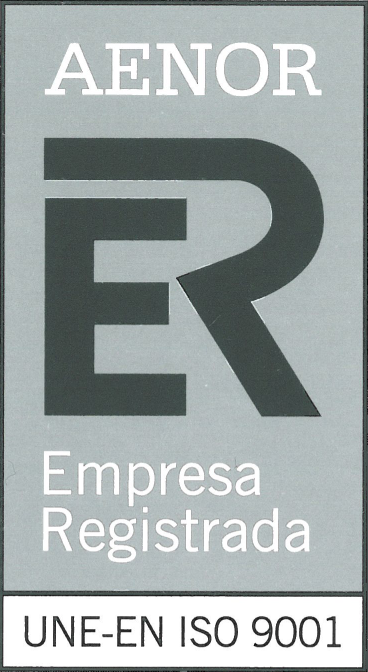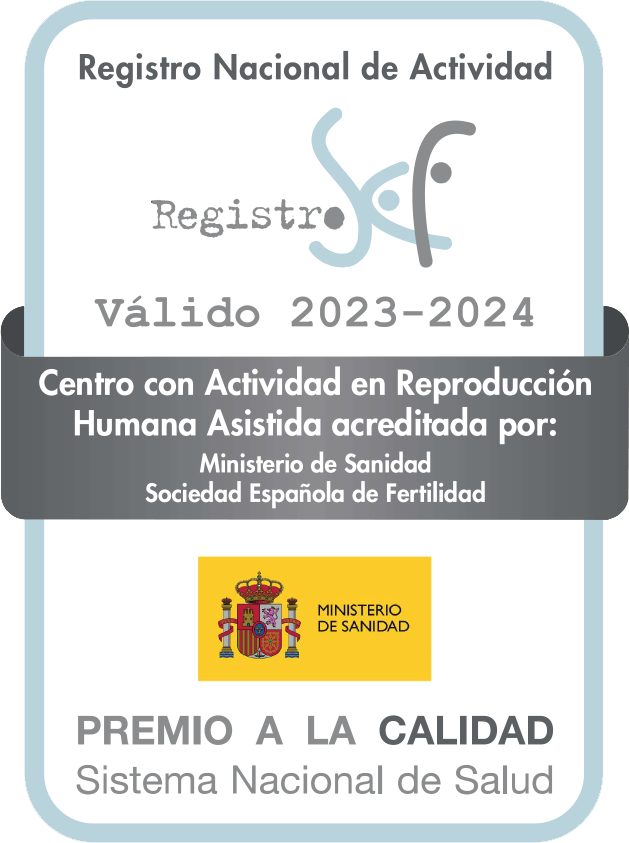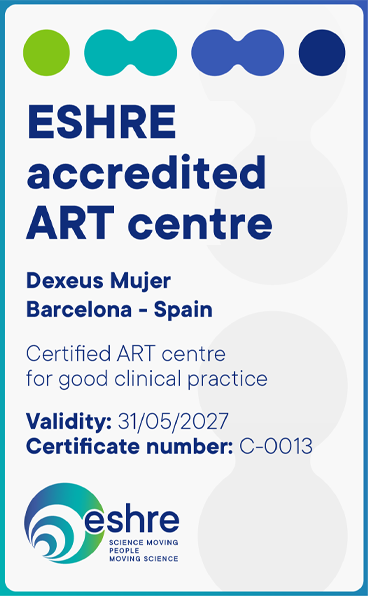ICSI
What is ICSI?
ICSI (Intra Cytoplasmic Sperm Injection) is a technique used in many IVF (In Vitro Fertilisation) treatments. It entails inseminating an egg by means of sperm microinjection.
The steps before and after insemination are the same as in conventional IVF. The egg is fertilised, it becomes a pre-embryo and is transferred to the uterus to continue its development.
ICSI was born in 1992 to treat cases of male infertility such as oligozoospermia (low sperm count), asthenozoospermia (reduced sperm motility) or teratozoospermia (abnormal sperm morphology), among others. It is the gynaecologist, andrologist or embryologist who decides whether or not to use it depending on the characteristics of the sperm. It is also indicated in cases of undiagnosed sterility or after previous fertilisation failures.
Between 2 and 4 hours after the egg retrieval, the embryologist removes the follicular cells surrounding the oocytes, thus allowing for a more detailed observation. The oocytes are sorted according to their maturation stage and stored on culture plates in the incubator. . Only mature oocytes are microinjected.
Once the process has been completed, the oocytes are kept in properly identified culture plates at 37˚C and appropriate humidity and gasification conditions until the next day, when the embryologist will check whether or not fertilisation has occurred.
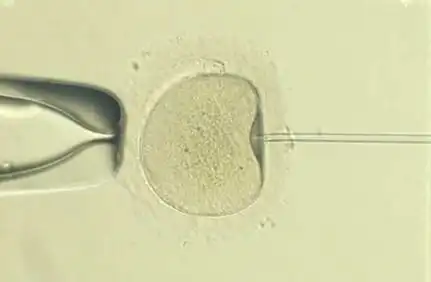
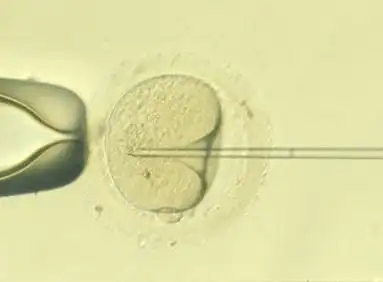
Testimony
Paula, Sant Cugat (Barcelona)
My partner and I decided to visit Dexeus Mujer because we had been trying to conceive for more than a year with no success. I am 34 years old, and he is 39, so we weren’t expecting this. We had a couple’s fertility test and, in my case, everything was fine, but the sperm analysis showed a motility problem that prevented us from conceiving naturally. So, they advised us to undergo IVF in order to carry out the fertilisation in the lab using a technique called ICSI, which involves introducing the sperm directly into the egg using a microinjection. We were a bit worried, but we were told that there was a good chance that it would work, so we decided to give it a try. It took a few more months because I had to undergo an ovarian stimulation treatment, but it actually went very well, and the embryo implanted on the first try.
What is the best treatment for me?
If you don’t know which treatment is best suited to you, try our online pre-diagnosis.


